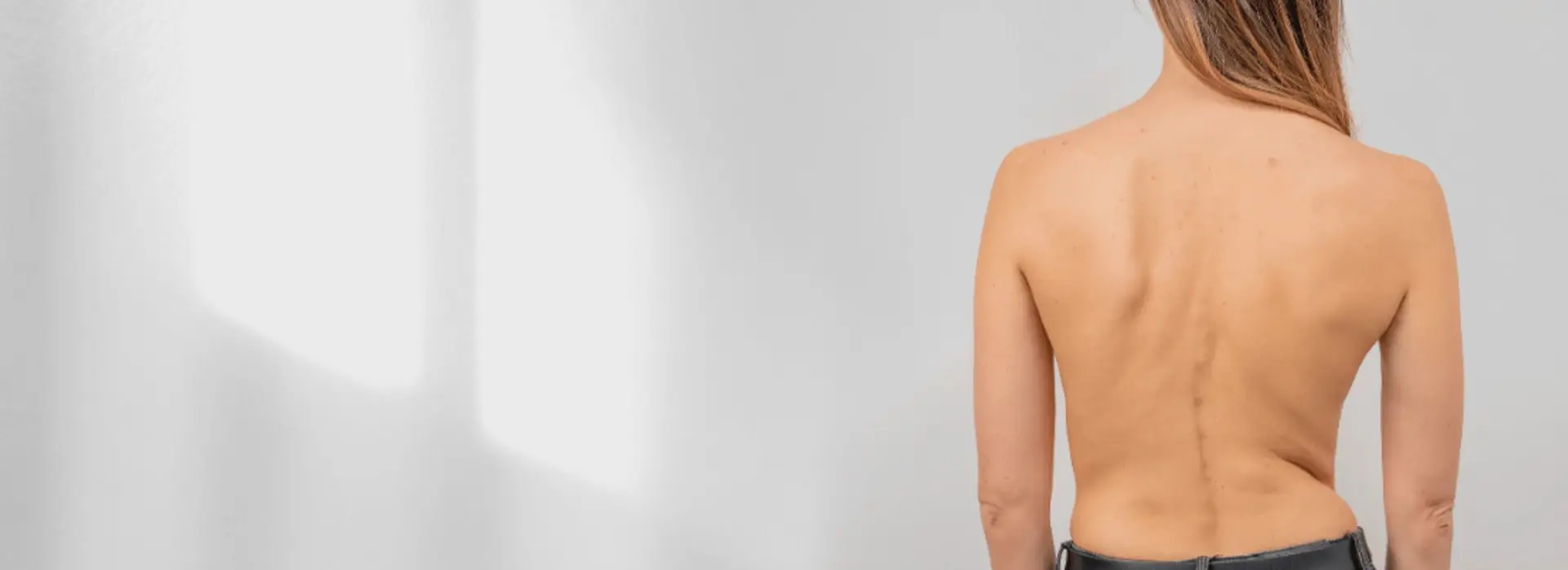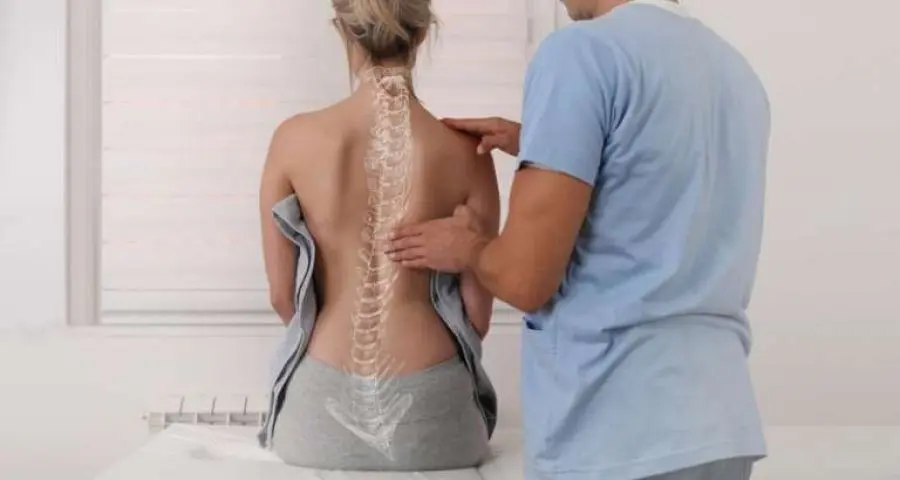Scoliosis X-ray – OrthoRoentgenogram
The Human Spine and Scoliosis
When viewed from the side, the human spine has a slight curvature. There is a gentle inward curve (lordosis) in the neck and lower back regions, and a mild outward curve (kyphosis) in the upper back region. However, when viewed from the front or back, the spine should appear straight. In cases of scoliosis (spinal curvature), the spine appears to lean to the right or left.
While scoliosis visually manifests as a curvature, it also causes physical discomfort. It can occur at different ages and in various parts of the spine. The most common regions affected by scoliosis are the thoracic (mid-back) and lumbar (lower back) areas, which may involve one or both regions. The most frequent type of curvature is convex to the right side of the thoracic spine.
Scoliosis may be:
-
Congenital: Present at birth, usually due to a defect in the spine or fused ribs.
-
Resulting from muscle paralysis: Caused by conditions such as polio, cerebral palsy, or muscular dystrophy, where muscle paralysis leads to spinal curvature.
-
Idiopathic: Of unknown cause, developing in an otherwise normal spine for reasons not yet understood.



